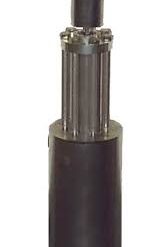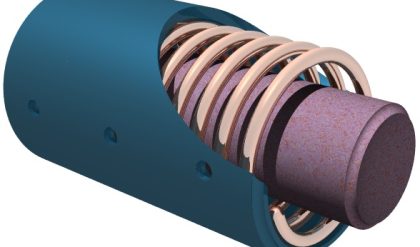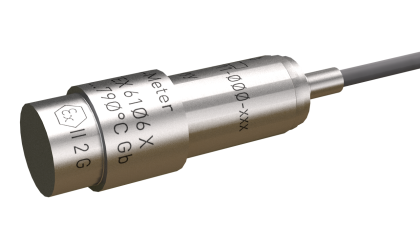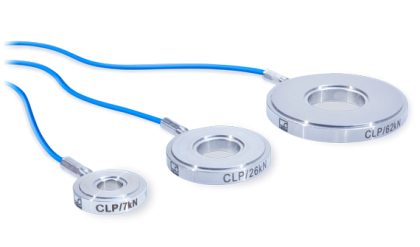Introduction
Hot wire anemometers are hot wire resistance transducer which are used for measurement of flow rates of fluids. In hot wire anemometers resistive wire is used as a basic .sensor, which’ is heated initially by passing an electric current. This heated resistive. wire mounted·· on a’ probe is exposed to air’ flow .or wind, which is cooled because of fanning effect. The amount of cooling depends on the velocity of air flow. The resistance of the probe when it is hot is different from that when it is cooled. This difference in resistance, or’ this variation in resistance is converted into a voltage variation. Broadly hot wire anemometers are commonly used in two different modes.

BASIC PRINCIPLE:
The two types of anemometers use the same basic principle but in different . ways. In the constant current ‘mode, the fine resistance wire c~Fying a fixed current is exposed to theflowvelocity, ‘I’he flow’of current through the .wire generates heat on account of t2 ;R loss. ‘This heat is dissipated.from the surface of the wire by convection to the surroundings. (The loss of heat due to conduction andradiation is negligible). The wire attains equilibrium temperature when the heat,generated. due to i 2.R l oss i s:’;equal tothe.heatdissipateddueto convective loss.
The circuit is so designed that i 2 R heat is essentially constant and therefore the wire temperature must adjust itself to change the convective loss until equilibrium is reached. The resistance of the wire depends upon thetemperature and the temperature depends the rate ‘of flow. Therefore, the resistance of wire becomes a measure of the flow rate.
In the constant temperature mode, the current required .to maintain the resistance and ‘hence temperature eonstanf.becomes a measure of flnw velocity.


Constant Temperature Anemometer

Hence, .a straight line relationship exists between [2 andW as shown in figure 3.22. For the purpose of measurement, the hot wire anemometer which is ‘in the form of an. insulated. probe is connected in a whetstone bridge as shown in fig 3.23.

standard resistor 118 is connected in series with the hot wire anemometer. A galvanometer is used to detect the’ balance conditions. The current through the hot wire is determined by measuring voltage drop across the standard resistor Rs with the help of a d.c potentiometer or an Electronic voltmeter (EVM). R4 is very large as compared to R2 so that most of the current flows through Themeasuring circuit is first calibrated by exposing the hot wire to known velocities and using the same fluid forwhich it is ultimately used. The pressure and temperature .of the fluid should be maintained at the same values during .calibration and usage later. The .velocities of fluid are measured accurately by .some other ‘method like static Pitot tube. The output is recorded over a range of velocity.







Comments are closed.